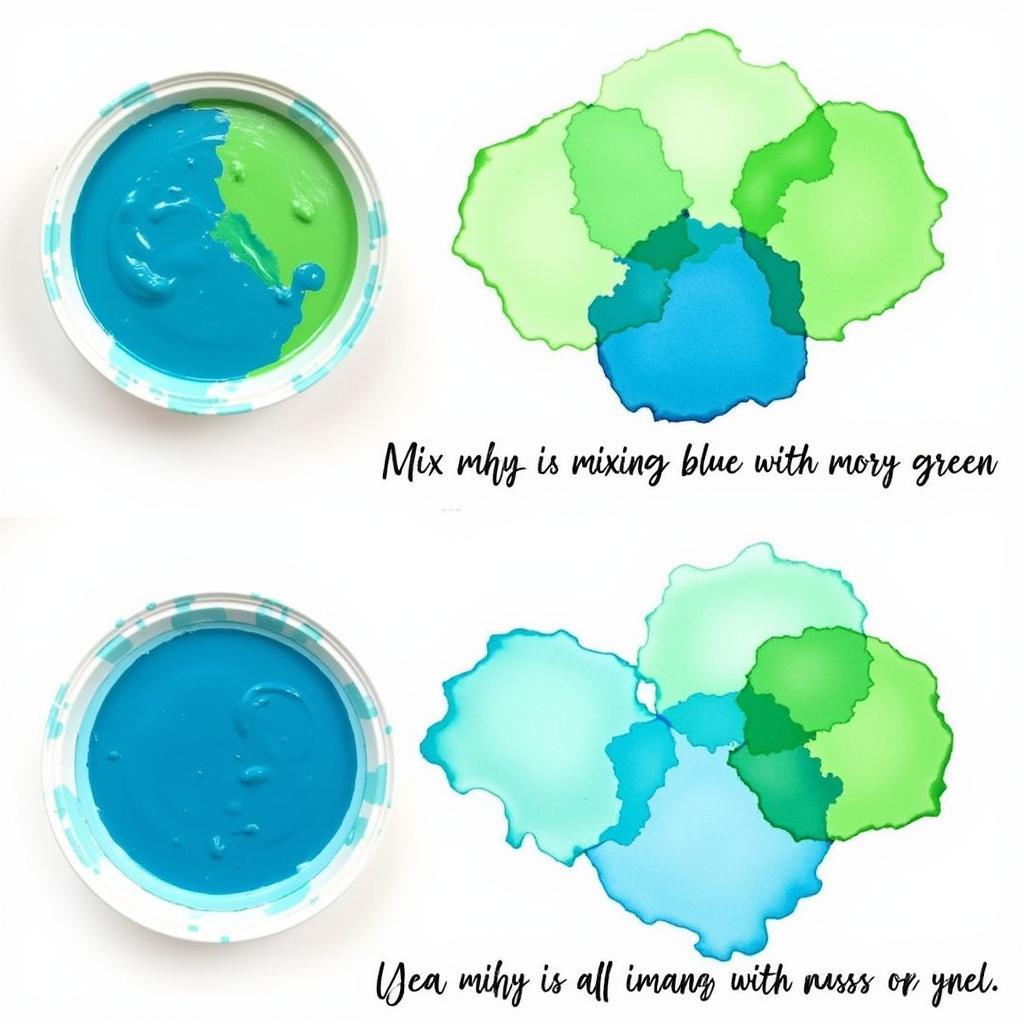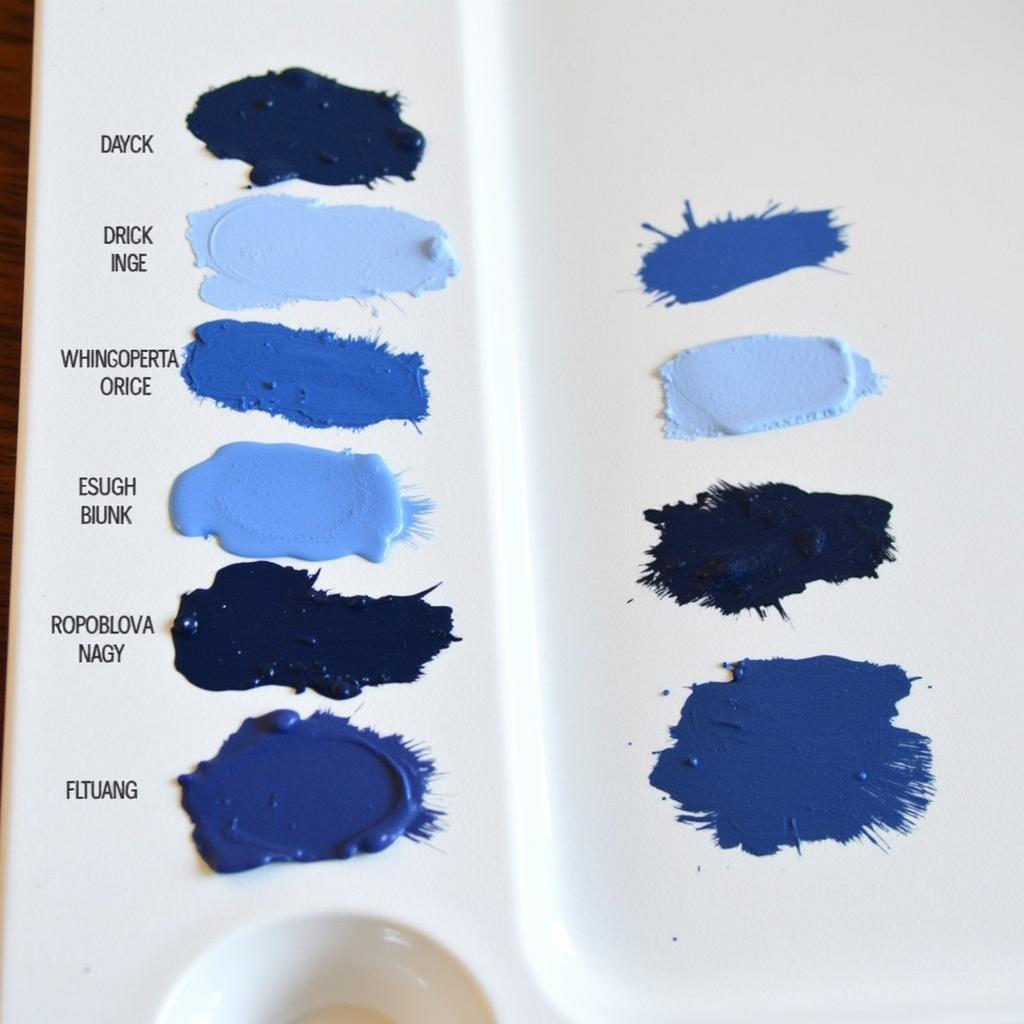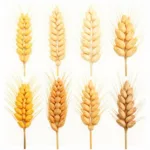Blue, a color often associated with tranquility, depth, and stability, might seem like a primary color—one that can’t be created by mixing others. However, that’s only partially true. While pure blue is a primary color in the subtractive color model (used for paints and pigments), you can absolutely create various shades and tints of blue by mixing other colors. Understanding how to mix colors to make blue opens up a world of possibilities for artists, designers, and even DIY enthusiasts.
Imagine you’re standing in front of a blank canvas, a wall waiting to be painted, or even a batch of icing begging for that perfect shade of cerulean. Knowing how to manipulate colors to achieve that desired blue can be a game-changer. This comprehensive guide will delve into the art and science of creating blue, exploring various color combinations, techniques, and the underlying principles that govern color mixing. We will also address specific shades of blue and how to achieve them.
Understanding the Color Wheel
Before diving into the specifics of making blue, it’s crucial to understand the color wheel. The color wheel is a visual representation of colors arranged according to their relationships. It typically features primary, secondary, and tertiary colors. Primary colors are the fundamental colors that cannot be created by mixing others – red, yellow, and blue in the subtractive color model. Secondary colors are created by mixing two primary colors, such as green (blue + yellow), orange (red + yellow), and violet (red + blue). Tertiary colors are made by mixing a primary color with its adjacent secondary color.
Similar to which two colors make blue, the color wheel provides a framework for understanding color relationships, particularly in subtractive color mixing where adding colors together results in a darker hue.
Mixing Blue: Primary and Secondary Colors
While pure blue is a primary color, countless shades of blue can be created by combining it with other colors. Adding white to blue creates lighter tints like sky blue or baby blue. Adding black creates darker shades like navy blue or midnight blue. Mixing blue with other colors on the color wheel creates entirely new hues.
Mixing Blue with Green
Combining blue and green results in teal or turquoise, depending on the proportions of each color used. More green will shift the mixture towards a vibrant teal, while more blue creates a cooler turquoise.
Mixing Blue with Violet
Mixing blue with violet produces shades of indigo and periwinkle. The closer the violet is to red on the color wheel, the warmer the resulting indigo will be.
 Mixing Blue and Green to Create Teal
Mixing Blue and Green to Create Teal
Achieving Specific Shades of Blue
Certain shades of blue require specific color combinations and sometimes a touch of experimentation. Let’s explore some popular examples.
How to Make Navy Blue
Navy blue is a deep, rich blue often associated with elegance and sophistication. It can be achieved by mixing blue with a small amount of black. The more black added, the darker the navy will become. Experimentation is key to finding the perfect balance. You can also add a touch of violet to create a warmer navy. Want to learn more about making this versatile shade? Check out what 2 colors make navy blue.
How to Make Royal Blue
Royal blue is a vibrant, majestic blue that is often used in heraldry and flags. It’s a slightly brighter, more intense blue than the standard primary blue. You can achieve a similar effect to Royal Blue with a regular Blue by incorporating a touch of lighter violet and sometimes a tiny amount of white to heighten the vibrancy.
 Mixing Blue and Black to Create Navy
Mixing Blue and Black to Create Navy
Tips and Tricks for Mixing Blue
- Start with small amounts: It’s always best to start with a small amount of each color and gradually add more until you achieve the desired shade. This allows for greater control and prevents wasting paint.
- Use a palette: A palette is essential for mixing colors, especially when working with paints. It provides a clean surface for blending and allows you to test different color combinations before applying them to your final project.
- Consider the medium: The type of medium you are working with (paint, icing, dyes) will affect the way colors mix. For example, how to make royal blue icing with wilton gel colors requires different techniques compared to mixing acrylic paints.
- Lighting matters: The lighting in your workspace can significantly impact how you perceive colors. Natural light is ideal for color mixing.
The Influence of Digital Color Mixing
In the digital realm, color mixing follows a different set of rules. The additive color model, used in screens and digital displays, uses red, green, and blue (RGB) as primary colors. In this model, combining all three primary colors at full intensity results in white. While mixing physical colors involves combining pigments, digital color mixing involves adjusting the intensity of red, green, and blue light. This allows for an even wider range of colors to be created. Want to know the digital equivalent of mixing colors for that perfect blue? Explore what colors make intel blue.
Conclusion
Mixing colors to create blue is both an art and a science. Understanding the underlying principles of color theory, along with a bit of experimentation, allows you to unlock a vast spectrum of blues, from the tranquil serenity of sky blue to the dramatic depth of navy. Whether you’re painting a masterpiece, decorating a cake, or simply exploring the world of color, the possibilities are endless. By mastering the art of color mixing, you can bring your creative visions to life. Remember, the perfect blue is just a mix away!
FAQs
- What are the primary colors in the subtractive color model?
- Red, yellow, and blue.
- How do you make light blue?
- Mix blue with white.
- What colors make turquoise?
- Blue and green.
- How do you darken blue?
- Add black.
- What colors make indigo?
- Blue and violet.
- What is the difference between subtractive and additive color mixing?
- Subtractive mixing involves pigments (like paint), while additive mixing involves light (like on a screen).
- How can I make different shades of blue using food coloring?
- Similar principles apply, but be mindful of the specific food coloring brand and its pigment concentrations.
For further exploration on mixing blue paints, you can refer to what two colors make blue paint.
Need help with your color project? Contact us at Phone: 0373298888, Email: SEO.backlink@gmail.com or visit us at 86 Cau Giay, Hanoi. We have a 24/7 customer service team ready to assist you.

